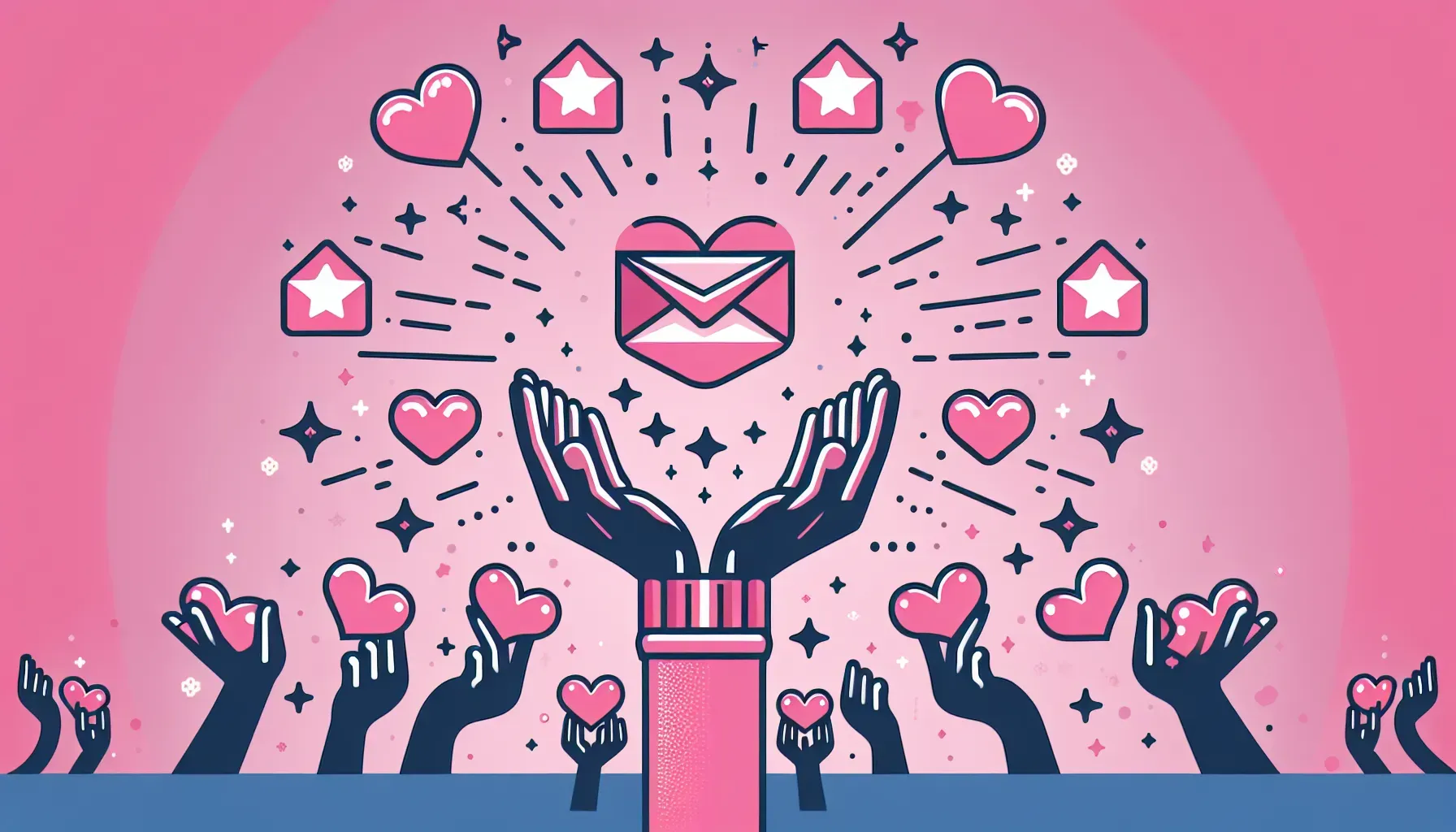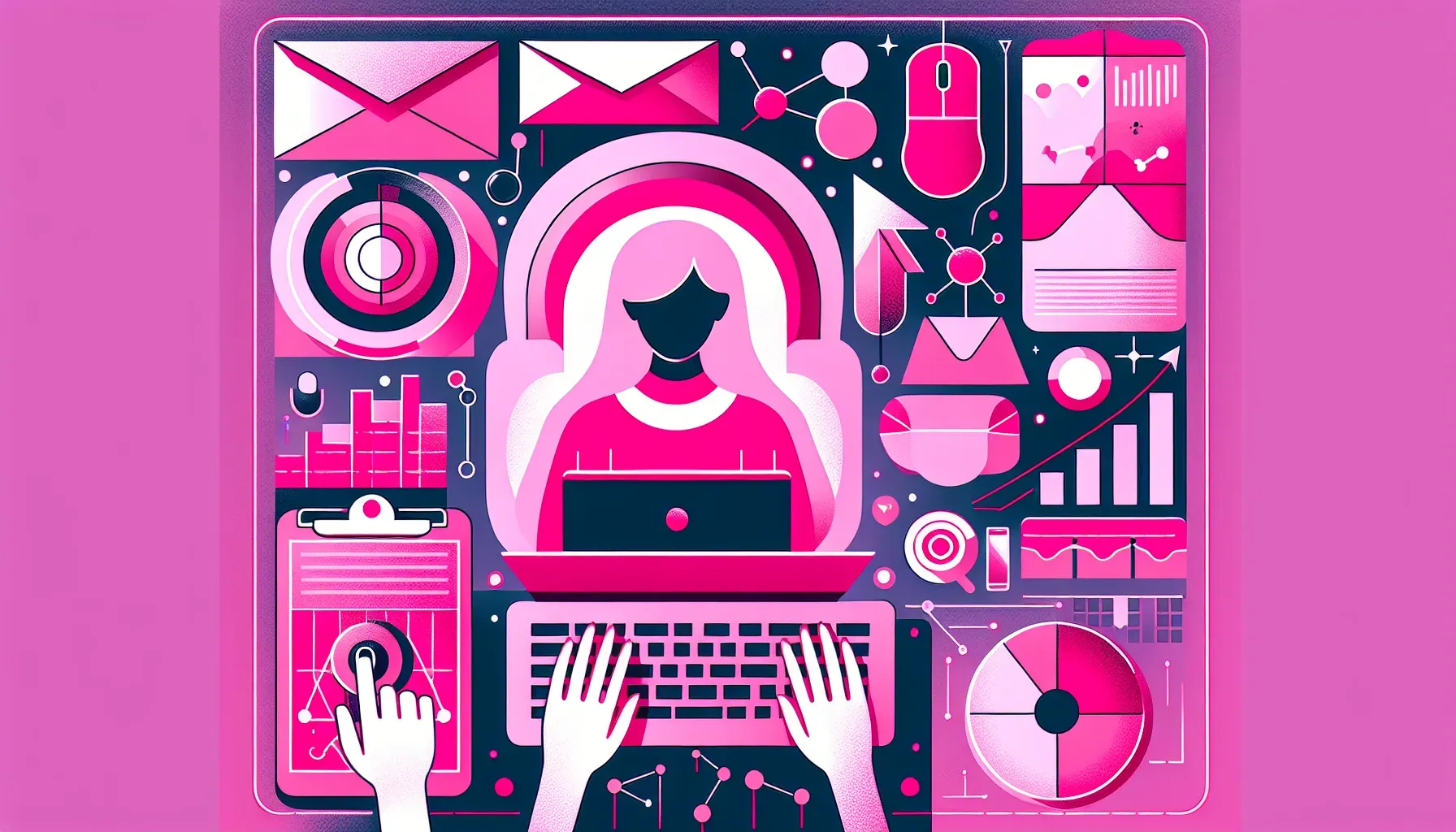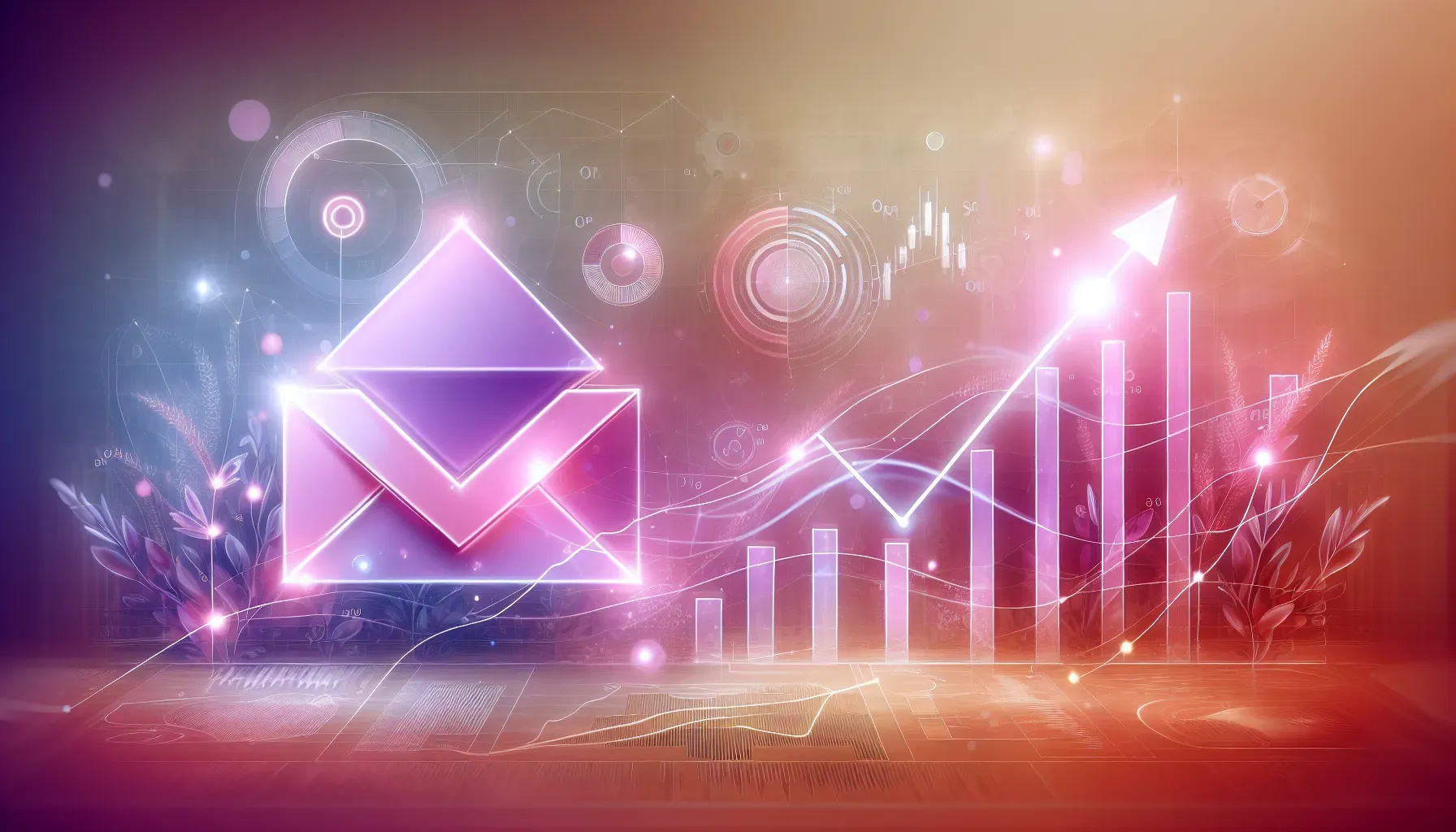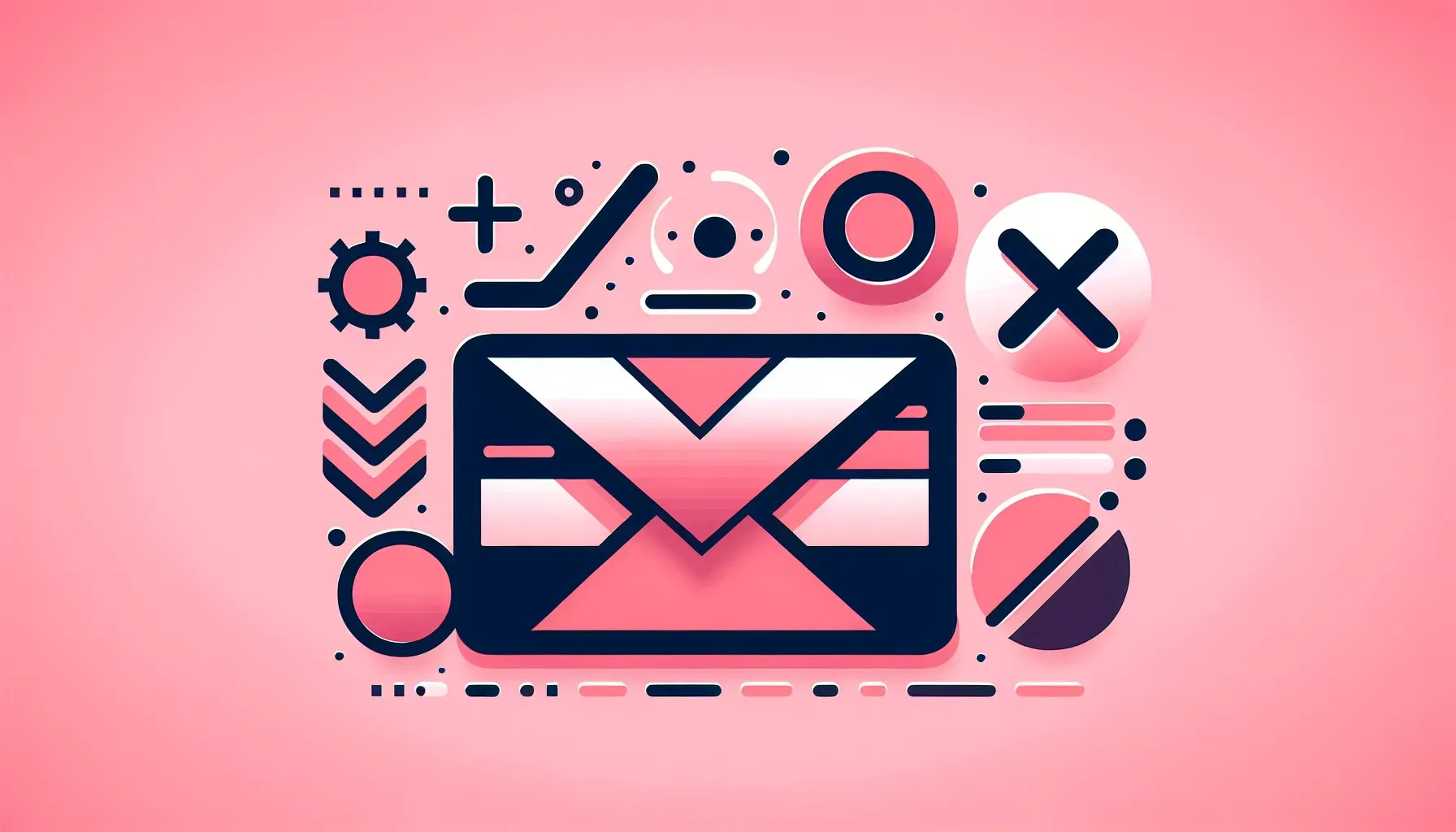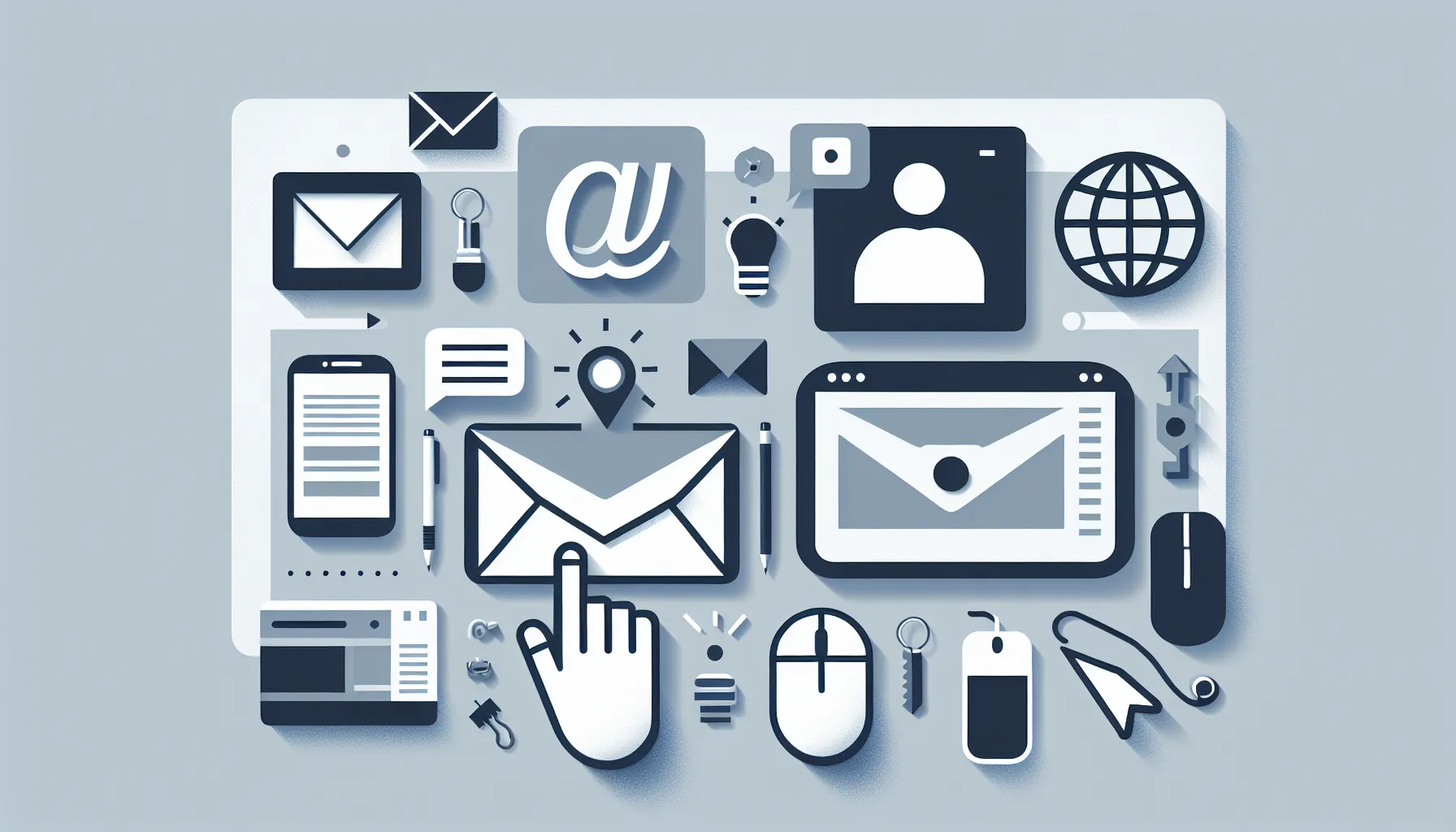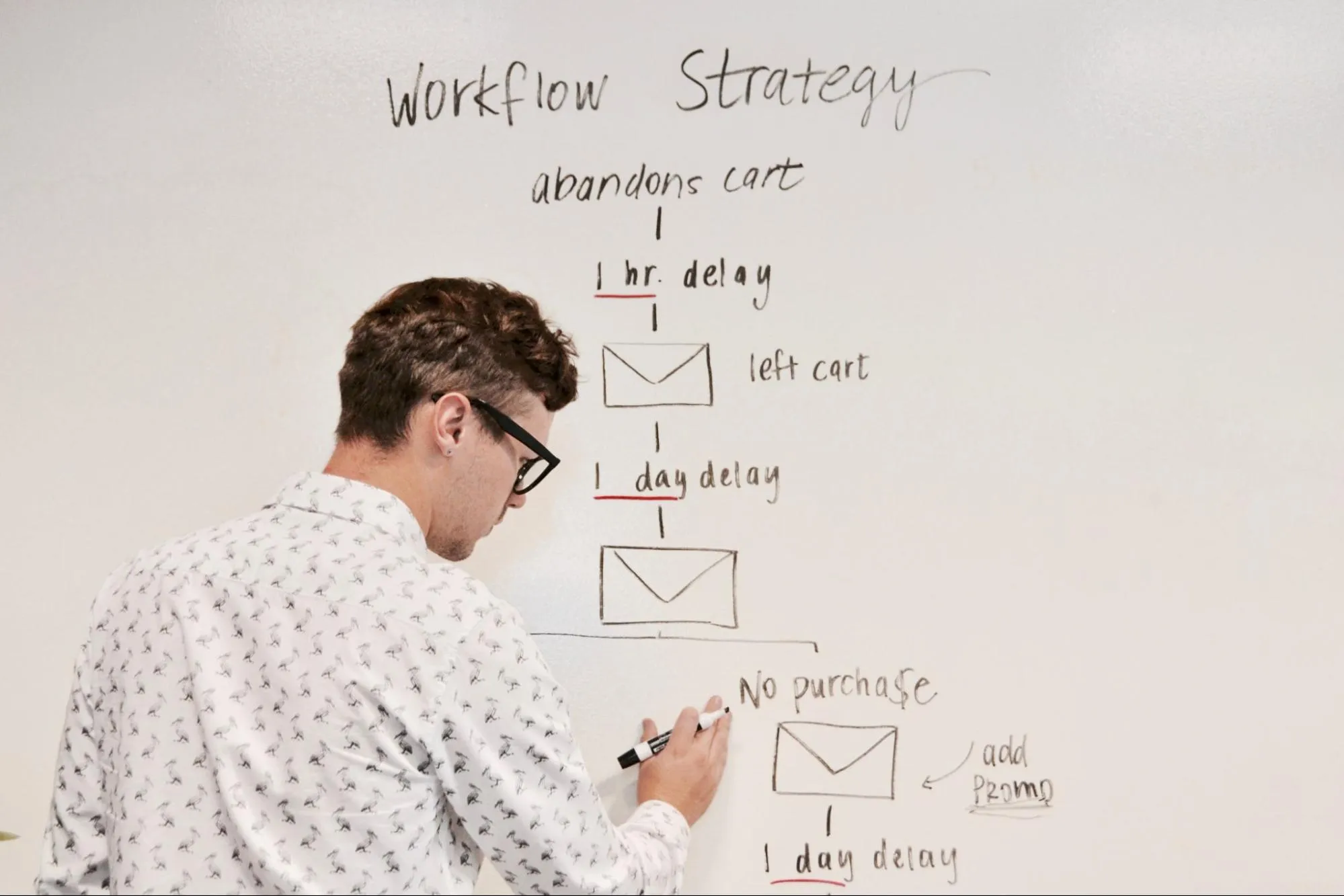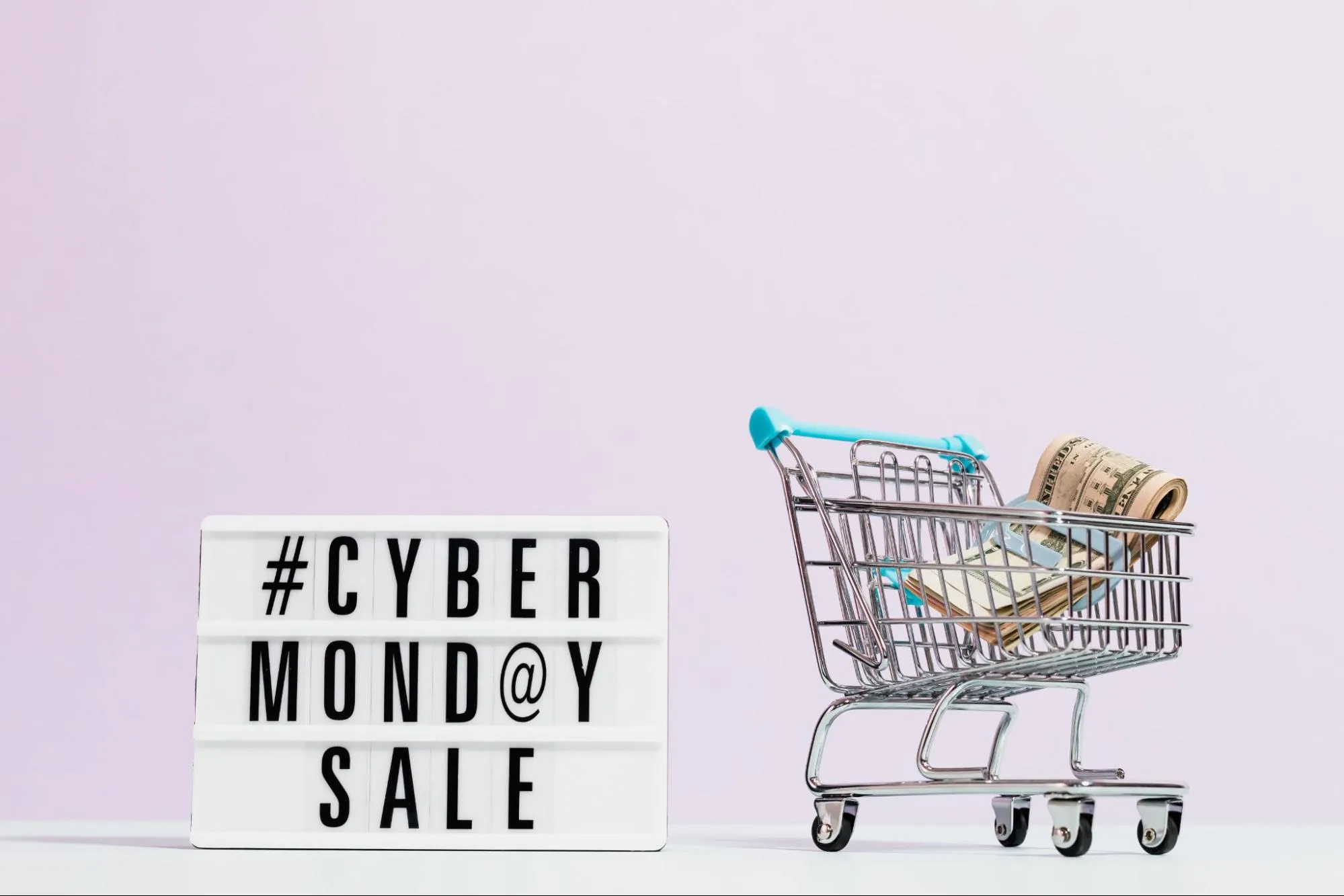9 Ways to Show Your Email Subscribers Appreciation
In the digital age, showing appreciation to your email subscribers can significantly enhance engagement and loyalty. We’ve gathered insights from digital marketers to CEOs, detailing their top tips for making subscribers feel valued. From offering beta-testing privileges to personalizing communications, discover the diverse strategies used by nine experts and the impactful outcomes they achieved.
- Offer Beta-Testing Privileges
- Implement A/B Testing for Engagement
- Provide VIP Sneak Peeks
- Give Exclusive Content or Discounts
- Extend Special Subscriber Promotions
- Integrate Interactive Subscriber Polls
- Incentivize with a Reward Program
- Express Genuine Subscriber Gratitude
- Personalize Subscriber Communications
Offer Beta-Testing Privileges
I firmly believe in providing my readers with an advanced look at our upcoming projects. Everyone, in my opinion, appreciates the times when they have first choice over a brand-new good, service, or design. They get a sense of superiority from it, as well as a sense that you respect their viewpoint. I utilize this emotion to express my gratitude to our email subscribers. I offer them the privilege of participating in our upcoming major release as beta-testers.
They are devoted customers who purchase our services, so they can provide priceless input. I can make adjustments based on these comments regarding the design, functionality, usability, etc. It’s a fantastic way to reward them for sticking with our brand.
By using this strategy, I was able to increase engagement rates among my subscribers. I also noticed an increase in open and click-through rates compared to regular newsletters.
 Kartik Ahuja
Kartik Ahuja
Digital Marketer, kartikahuja.com
Implement A/B Testing for Engagement
In leveraging my background in both digital marketing with my first venture and software development in subsequent startups, one technique I’ve found incredibly effective for enhancing the display of applications to email subscribers is the strategic use of A/B testing within the email content itself. From a specific instance, we were launching a new feature for our marketing analytics software and decided to implement A/B testing for our email campaign. By creating two versions of the email, each highlighting different aspects and benefits of the new feature, we could directly measure which messaging resonated more with our audience.
The A/B testing approach allowed us to gather actionable data on subscriber preferences, leading to a 20% increase in engagement with our emails and a 10% higher conversion rate for the feature trial sign-up. This immediate feedback loop was invaluable, not only for improving our email campaigns but also for gaining insights into our subscriber base’s interests and needs, enabling us to tailor future communications more effectively.
Incorporating user feedback into the refinement of the application display within the emails was another crucial factor in our success. Following the initial A/B test, we conducted a short survey among those who interacted with the emails, asking for feedback on the clarity and appeal of the presented information. The insights gained from this direct subscriber input were used to fine-tune our messaging and presentation, further enhancing the effectiveness of subsequent campaigns.
This practice of integrating A/B testing with direct user feedback created a powerful combination that significantly boosted the performance of our email marketing efforts and, by extension, the adoption rates of our new software feature.
 Joe Amaral
Joe Amaral
Founder & COO, Anthem Software
Provide VIP Sneak Peeks
As TP-Link’s Marketing Head, I’m excited to share an excellent tip for showing off apps to your email list. One of the best ways to do this is by sending out emails with sneak peeks of new features or products.
Here’s the thing: By providing your subscribers with a VIP ticket to experience your newest products before anyone else does, you’re making your subscribers feel special and building loyalty and enthusiasm around your brand.
At TP-Link, we’ve found this to be a very effective strategy. For example, we were preparing to launch our newest smart-home device. We sent out a pre-release email to all our subscribers, asking them to be one of the first to try it out.
The response was terrific! We saw increased engagement and great feedback from some of our most loyal users, which helped us improve the product before its launch.
So, the next time you want to show off your app or product to your newsletter subscribers, why not roll out the red carpet and give them a VIP backstage pass?
 Laviet Joaquin
Laviet Joaquin
Marketing Head, TP-Link
Give Exclusive Content or Discounts
Offering exclusive content or discounts to your email subscribers is a great way to show them appreciation. This can be in the form of an e-book, free guide, or even a discount code for your products or services. I have personally used this tip by offering my email subscribers a free downloadable guide filled with useful tips and tricks related to my niche. Not only did this show my subscribers that I value them, but it also helped to increase engagement and loyalty among my email list.
The outcome was a higher open rate for my future emails and an increase in conversions from my subscribers. By offering something exclusive or valuable, you are showing your email subscribers that their support is appreciated and valued. This can help strengthen the relationship between you and your subscribers, leading to better long-term results for your email marketing efforts. So, it’s a win-win situation for both you and your subscribers.
 Alex Taylor
Alex Taylor
Head of Marketing, CrownTV
Extend Special Subscriber Promotions
One effective tip for showcasing your application to email subscribers is to offer incentives or special promotions exclusively for subscribers. This could include discounts, free trials, or access to premium features for a limited time.
At Toggl, we’ve utilized this strategy by periodically offering special promotions to our email subscribers, such as discounted subscription plans or extended free trials. By providing these exclusive benefits, we not only incentivize subscribers to engage with our emails and explore our applications, but also encourage them to take action and become paying customers.
This approach has proven to be highly effective in driving conversions and increasing revenue, as subscribers are motivated to take advantage of the limited-time offers and experience the value of our applications firsthand.
 Alari Aho
Alari Aho
CEO and Founder, Toggl Inc
Integrate Interactive Subscriber Polls
One tip I’ve found incredibly effective for showing appreciation to our email subscribers is integrating interactive polls. This approach not only engages them but also makes them feel valued by giving them a voice in our product development and content direction.
Last summer, we ran a poll asking for feedback on our new outdoor equipment range before its official launch. The response was overwhelming. It fostered a sense of community and involvement among our subscribers.
As a result, we tailored our launch based on the feedback, leading to one of our most successful product introductions to date. This strategy has strengthened our relationship with subscribers, making them feel more connected to our brand.
 Lucas Riphagen
Lucas Riphagen
Co-Owner, TriActiveUSA
Incentivize with a Reward Program
Reward your email subscribers to keep them engaged. As an owner of a moving company, I’ve always known that many customers love rewards to feel connected and recognized by the business.
Who does not love rewards? You can structure the rewards in a way that encourages them to read your emails. For example, my company has a reward program that allocates points to email subscribers when they open the email and visit our website. This program has increased our emails’ open rate and engagement significantly in the last two months.
Our cost of acquiring customers and conversion rate has improved by nearly 50%, driven by our email subscribers. I realized that many people checking our emails are prospective customers and only need a small incentive to bring them into the fold. Find a way to reward them for their engagement with your brand, and your sales revenue will grow massively.
 Ryan Carrigan
Ryan Carrigan
CEO & Founder, moveBuddha
Express Genuine Subscriber Gratitude
In my experience, one of the best ways to show your email subscribers appreciation is to genuinely thank them for their support. A little gratitude can go a long way in building loyalty and engagement.
I like to send an occasional “thank you” email that has no call to action or ask—just a sincere note of appreciation for being a subscriber. Tell them how much you value their readership. Share a few of your favorite highlights or milestones from the past few newsletters. And let them know that their interest helps fuel your passion for the work.
Subscribers want to feel seen and know they matter. A simple ‘we appreciate you’ email reminds them of that, while also making them feel good about being a part of your community.
 Gauri Manglik
Gauri Manglik
CEO and Co-Founder, Instrumentl
Personalize Subscriber Communications
One effective way to show appreciation to email subscribers is by personalizing communication. Addressing subscribers by their first name and tailoring content based on their preferences fosters a sense of value and recognition. We segmented our email list by factors like purchase history and interests, crafting personalized campaigns for each segment. We regularly send thank-you emails, often including exclusive offers.
This approach led to increased engagement and loyalty, with higher open rates, click-through rates, and conversions. Subscribers were more likely to remain engaged with our brand over time. Personalizing email communication proved effective in showing appreciation and nurturing stronger subscriber relationships.
 Travis Willis
Travis Willis
Director of Customer Success, Aspire
Submit Your Answer
Would you like to submit an alternate answer to the question, “What is one tip for showing your email subscribers appreciation? Share how you’ve used this tip and the outcome.”

